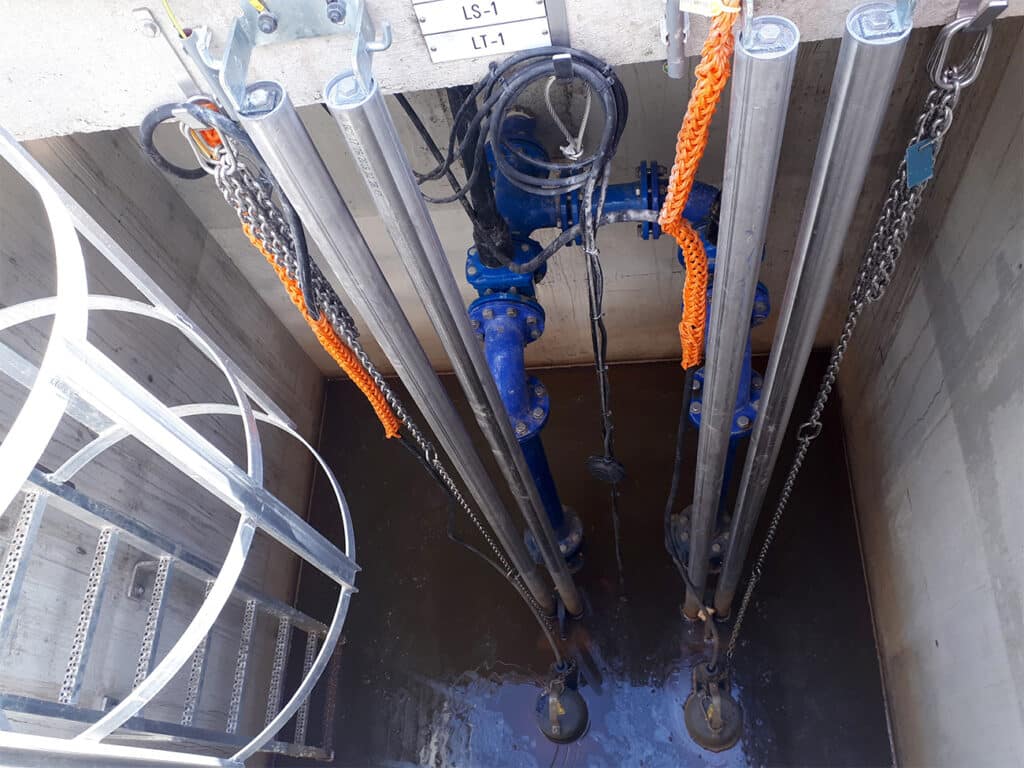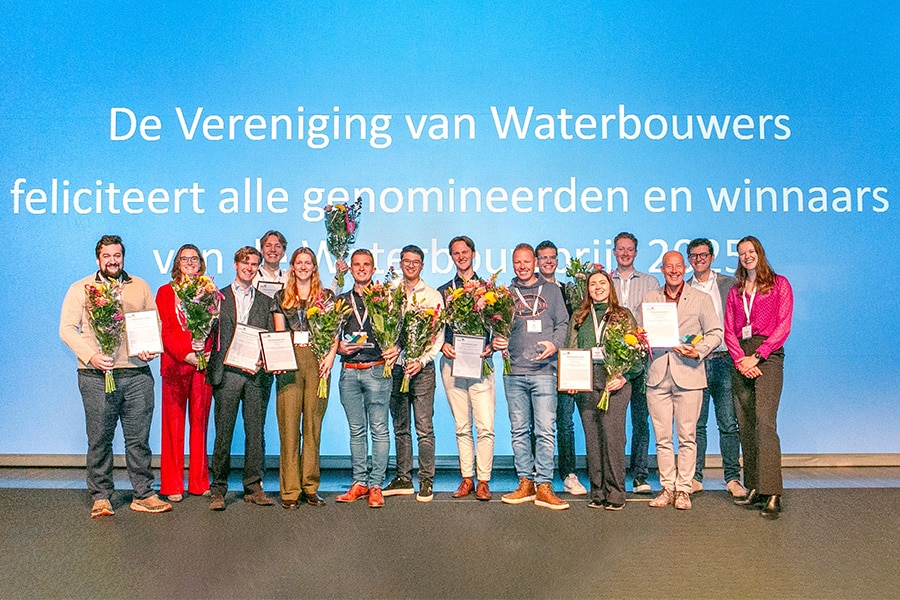
Rainwater storage and controlled discharge
Remondis Smart Infra 's-Hertogenbosch, from its 's-Hertogenbosch office, the former Van der Linde Pomptechniek, is responsible for the design, engineering and realization of the installations.
Remondis Smart Infra, with eight offices in the Netherlands, specializes in the design and construction of pumping installations to discharge rainwater and sewage to surface water or water treatment for end users such as municipalities, provinces and water boards. "On the N69 we are building two installations that will eventually be transferred to the province of North Brabant and one to the municipality of Valkenswaard," says Frank Olijrhook of Remondis Smart Infra 's-Hertogenbosch. "This has to do with the fact that the management of a bicycle tunnel under the N69 is provided by the municipality of Valkenswaard, which therefore includes the storage of rainwater."
Optimization calculations
The new N69 involves two semi-sunken layouts and several underpasses. "Rainwater always seeks the lowest point. At strategically selected locations, therefore, storage systems and pumping systems are provided to collect rainwater and pump it in a controlled manner to surface water nearby," Olijrhook explains. "On the basis of optimization calculations and rainfall simulations, in collaboration with Boskalis, we found the right balance for each location between the storage volume on the one hand and the pumping capacity on the other. By incorporating a temporary buffer, peaks can be smoothed out and rainwater can be drained with a relatively 'normal' pump. Three installations are planned: on Broekhovenseweg, Molenstraat and one at the underpass on Monseigneur Smetstraat. The latter will soon be managed by the municipality, the other two by the province."

The buffering of rainwater is done under the road in all three situations. Olijrhook: "The Broekhovenseweg and Molenstraat involve a pipe system combined with wells and a pumping capacity of 45 and 55 m3 per hour. On Monseigneur Smetsstraat, a concrete basement of 40 m3 content realized transversely under the road, which is also part of the concrete structure of the structure above it. Here a pump with a capacity of 32 m3 per hour. By the way, all plants are run alternately according to the N+1 principle. If one pump fails, there is always a backup. The pumps are also loaded evenly. Because we often get involved early in a project, buffer systems can be perfectly integrated into the civil design."

![[Vacancy] Civil Advisor at Spaarnelanden 3](https://gww-bouw.nl/wp-content/uploads/2025/12/Naamloos-2-kopie.jpg)


